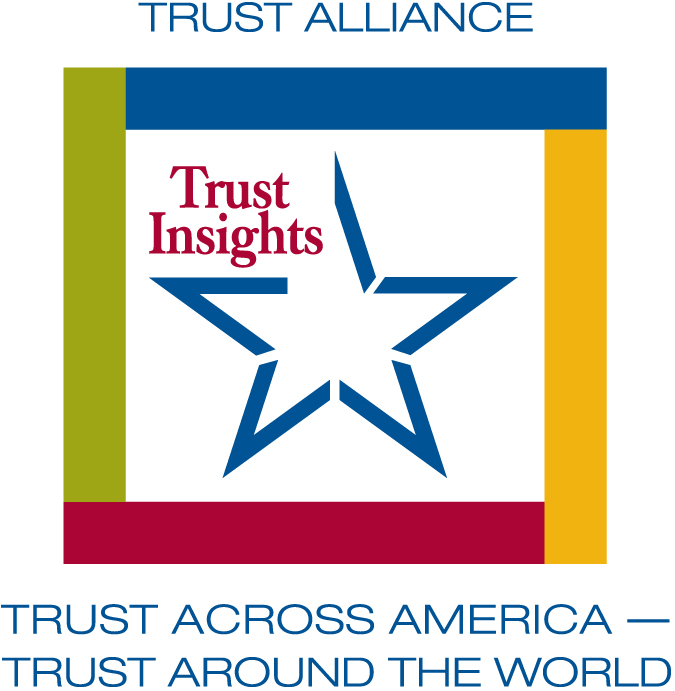Given the right tools, trust can be measured. Barbara Brooks Kimmel
For decades, the external advisors to senior business leaders have counseled them to measure and evaluate every action according to return on investment. In recent years, box checking has become increasingly popular as well. Have you met your quota for women on boards? Are you decreasing your carbon footprint? Diversity and inclusion? Check. Advisory firms love to build new boxes to keep themselves in business. Last year’s box was “Purpose” and this year it is ESG. Imagine the year that the “trust” box becomes the box of choice. If you need proof that a business case for trust exists, please request it by sending an email to: info@trustacrossamerica.com
The following is a simple starting point to measure whether your employees trust you and trust each other. Ask them to count the behaviors below that are present in your organization.
- High energy, motivation and engagement
- Easy to hire and onboard new employees
- Fun and laughter
- High confidence, creativity and risk taking
- Thriving innovation and productivity
- Team alignment, sharing of information and credit, and quick forgiveness
- Accountability and transparency as the norm
- Willingness to be vulnerable and open, speak freely, and to listen
- Positive team-building behaviors including gratitude, empathy and candor
- A strong sense of “community” and shared values
Now ask them to identify how many of the following are present.
- Low energy, low productivity and burnout
- High employee turnover and excessive use of sick days
- Difficulty recruiting new employees
- Too much focus on risk, rules and regulations
- Low innovation
- No sharing of information and resistance to ideas
- Lack of respect and passive/aggressive behavior
- Resignation and cynicism
- Finger-pointing, water cooler talk and lots of judgment
- Cordial hypocrisy
Subtract the second number from the first to arrive at your trust baseline score.
Let’s say hypothetically your employees identify 5 positive trust behaviors and 5 negative. (5-5=0). Your trust score is zero. Don’t expect much employee engagement, innovation or risk taking.
Or your employees identify 8 positive behaviors from the first list and 2 negative from the second (8-2=6). Six is better than zero.
Or 2 posItive and 8 negative (2-8= -6). Not a place ANYONE wants to work. (And that “trust” box certainly can’t be checked.)
Our AIM Towards Trust survey tool has been used in dozens of teams and organizations to measure trust, start the trust discussion and fix what’s broken. The proactive and ethical business leaders who have adopted these tools can now check that trust box with confidence.
Before you leave, Tap Into Trust and complete our 1 minute/1 question quiz. Find out how the level of trust in your workplace compares to 500 others.
Have you reviewed how our workshops are helping teams and organizations just like yours elevate trust? Schedule an ONLINE webinar today.
Did you miss our previous 2020 Trust Insights? Access them at this link.
Contact us for more information on elevating trust on your team or in your organization or email me directly:
Copyright 2020, Next Decade, Inc.



Recent Comments